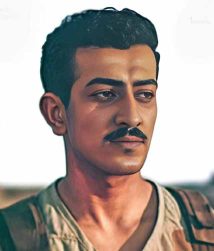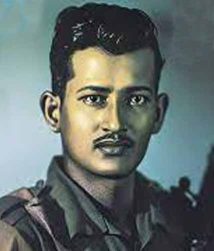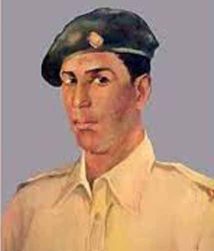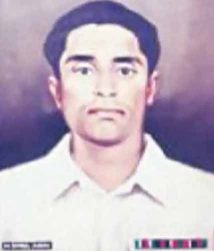
Birsreshtho-(the-bravest)
The Liberation War is our pride. The freedom fighters are the best sons of this nation. 7 great warriors have been awarded the title of Bir Shrestha for displaying outstanding bravery in the Liberation War. This album has been arranged with the 7 brave soldiers who sacrificed their lives in the Liberation War in 1971. The names of these medalists were announced through a notification published in an extra issue of the Bangladesh Gazette on December 15, 1973.















